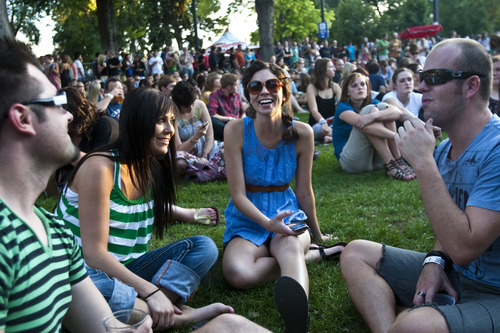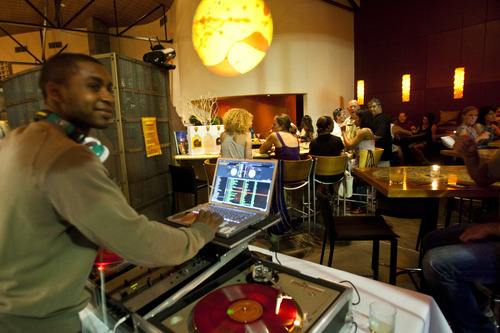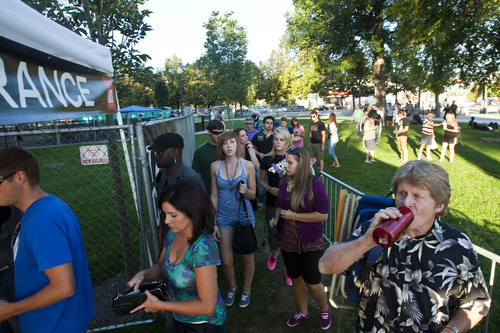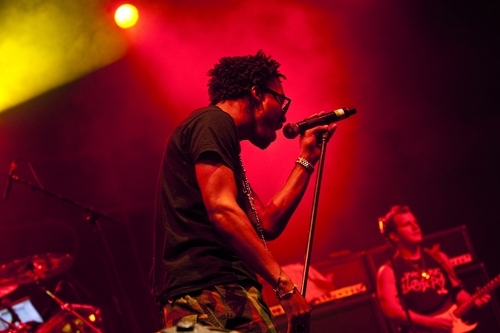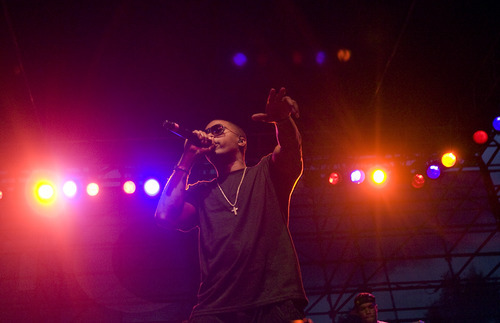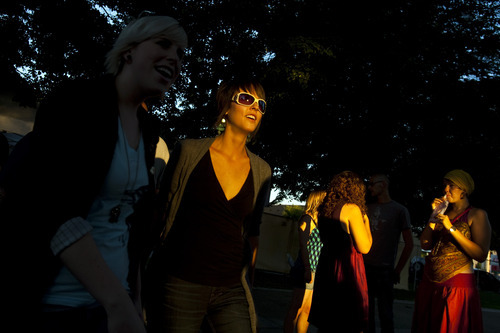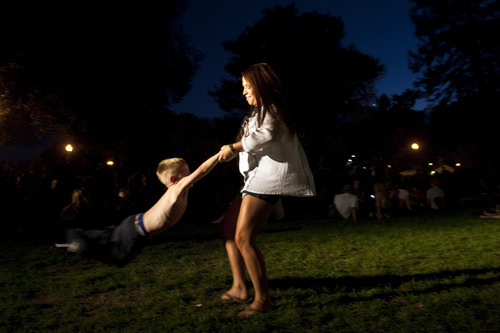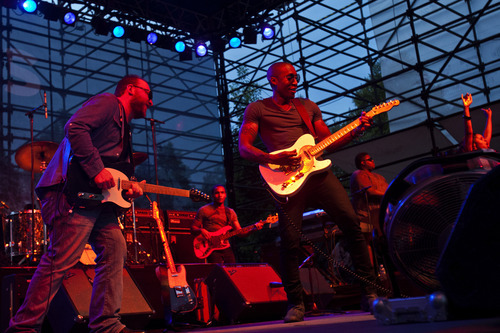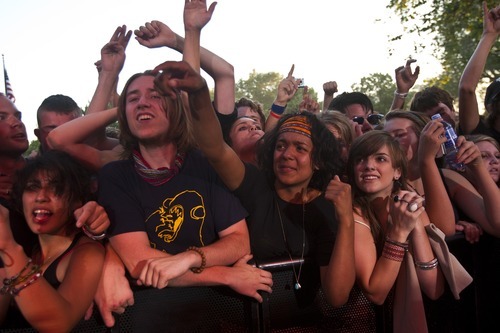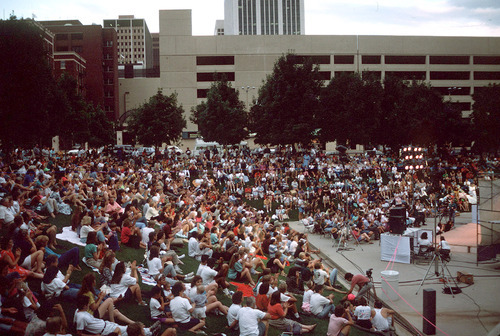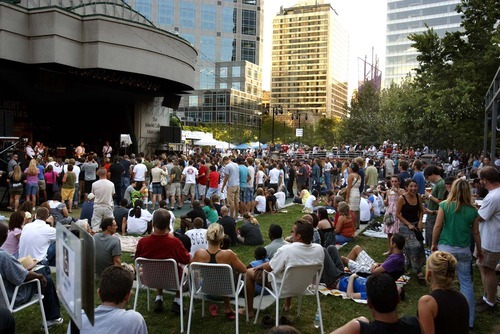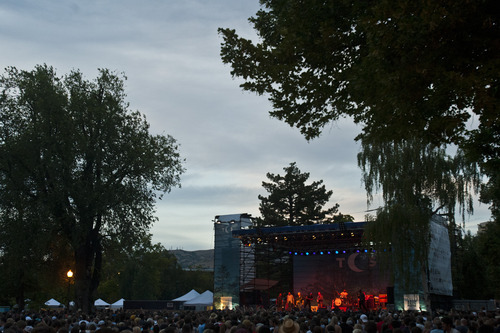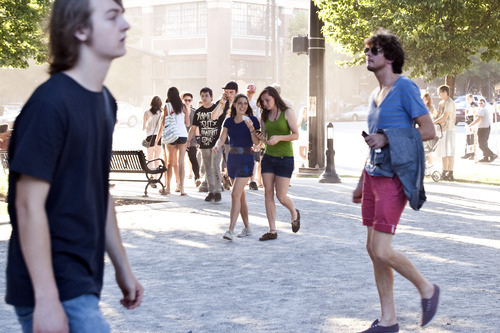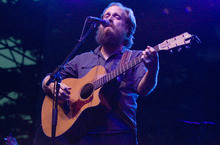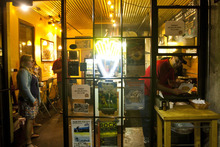This is an archived article that was published on sltrib.com in 2012, and information in the article may be outdated. It is provided only for personal research purposes and may not be reprinted.
It went from free to five bucks a pop, but Twilight Concert Series fans came and spread their happiness around downtown Salt Lake City just the same.
Well, not exactly.
Attendance shrank but the number of shows grew — from seven to nine. And taxpayers didn't shovel out as much for the series, in essence giving the city more for less.
This summer's expanded lineup cost $1.37 million to stage, according to city documents obtained in an open-records request. The performances brought in $1.27 million, thanks to an estimated $750,000 from the new admission fees.
That left taxpayers on the hook for the $100,000 difference — seen as a small investment (the smallest in the past five years) for a cultural tradition that yields a big payoff for downtown.
The seven free concerts in 2011 cost $838,000, according to city documents. That price tag was offset by about $557,000 in grants, sponsorships, vendor fees and beverage sales. The resulting taxpayer tab: $281,000, the largest subsidy since at least 2008.
As a result of the new gate fees, taxpayers put up about $161,000 less this year than 2011, while still getting two more concerts.
This year's Thursday evening Pioneer Park gigs averaged about 17,000 music fans and went as high as 25,000.
During the summer of 2011 — before the $5 entrance fees — concert crowds regularly swelled beyond 30,000. The average attendance was about 33,000, according to the Salt Lake City Arts Council, which stages the shows.
Arts Council Executive Director Karen Krieger said officials had feared that, without those fees, the series would have been trimmed to five shows this year due to rising costs and budget constraints.
Despite the smaller crowds, Thursday evenings downtown in July and August were hopping as concertgoers and others sought out night life at restaurants, clubs and pubs.
"Third South is so cool on concerts nights," said Amy Coady, of Squatters Pub Brewery. "It reminds you of the Olympics or when a big convention is in town. It's what we envision when we envision a vibrant, active downtown."
Twilight organizer Casey Jarmen, who has championed free shows during the concert series' 25-year run, relented to the $5 fees because the crowds had become so large and, in some cases, so unruly. Or, as he told the The Salt Lake Tribune in May, "It's not a matter of weeding people out … [but] to provide a better concert experience and focus on the music."
From its humble beginnings in 1988 at a grassy amphitheater near the intersection of South Temple and West Temple, the Twilight series spawned a popular following through the 1990s and into this century at Gallivan Plaza.
But by the summer of 2009, the Gallivan shows were overflowing. With renovation work slated at the plaza just off Main Street, the series moved to Pioneer Park in 2010, providing space for even larger crowds and a bigger vibe.
City Councilman Luke Garrott, whose district includes downtown, commended the Arts Council for marshaling private donations, public money and the "nominal" admission charge for a "marvelous public benefit."
Not only does the series support downtown businesses, he said, but it also pumps sales tax dollars into the city.
The bottom line, though, may be about more than money.
It brings a "heartbeat to the city" that can't be measured in dollars, Garrott said. "It's cultural, and it's turning into a traditional thing. It's a huge benefit to the city."
For Kestrel Liedtke and her husband, Jerry, who own and operate The Tin Angel Cafe across 400 South from Pioneer Park, the Twilight concerts hit all the right economic notes.
"We're definitely very busy on concert nights," Liedtke said, adding that the cafe gets even more diners when Twilight bands attract concertgoers over age 30.
"For the community, it's nice to see people out and about in Pioneer Park," she said. "It gives the park a better reputation."
The Twilight series is a "phenomenon that sets Salt Lake City apart from other communities," said Jason Mathis, executive director of the Downtown Alliance. It creates the kind of buzz that lures more businesses and residents to Utah's capital.
"The vibrancy is real and it's important," he said. "It makes you feel like you're living in an area that's dynamic and exciting."
Even for potential competitors, such as music clubs, the Twilight series, while bringing challenges, may be a net positive.
"We definitely have to consider doing events that will allow for a late start time" on Twilight concert nights, explained Will Sartain, proprietor of the Urban Lounge, at 241 S. 500 East. "[But] Twilight affects the city in a positive way. More people attending music and cultural events creates a more vibrant community."
The city has been investing in the Twilight series for 25 years and it's paying off, said David Everitt, chief of staff to Mayor Ralph Becker. It's a prime example of public support for arts and culture boosting private business.
"It's got a real bootstrapping effect," he said.
Everitt credited the $5 admission fees and the Arts Council's work signing up sponsors and vendors with making the series financially sustainable.
"It takes budgetary questions out of the equation," he said. "And that's nice."
The music ain't bad either.


